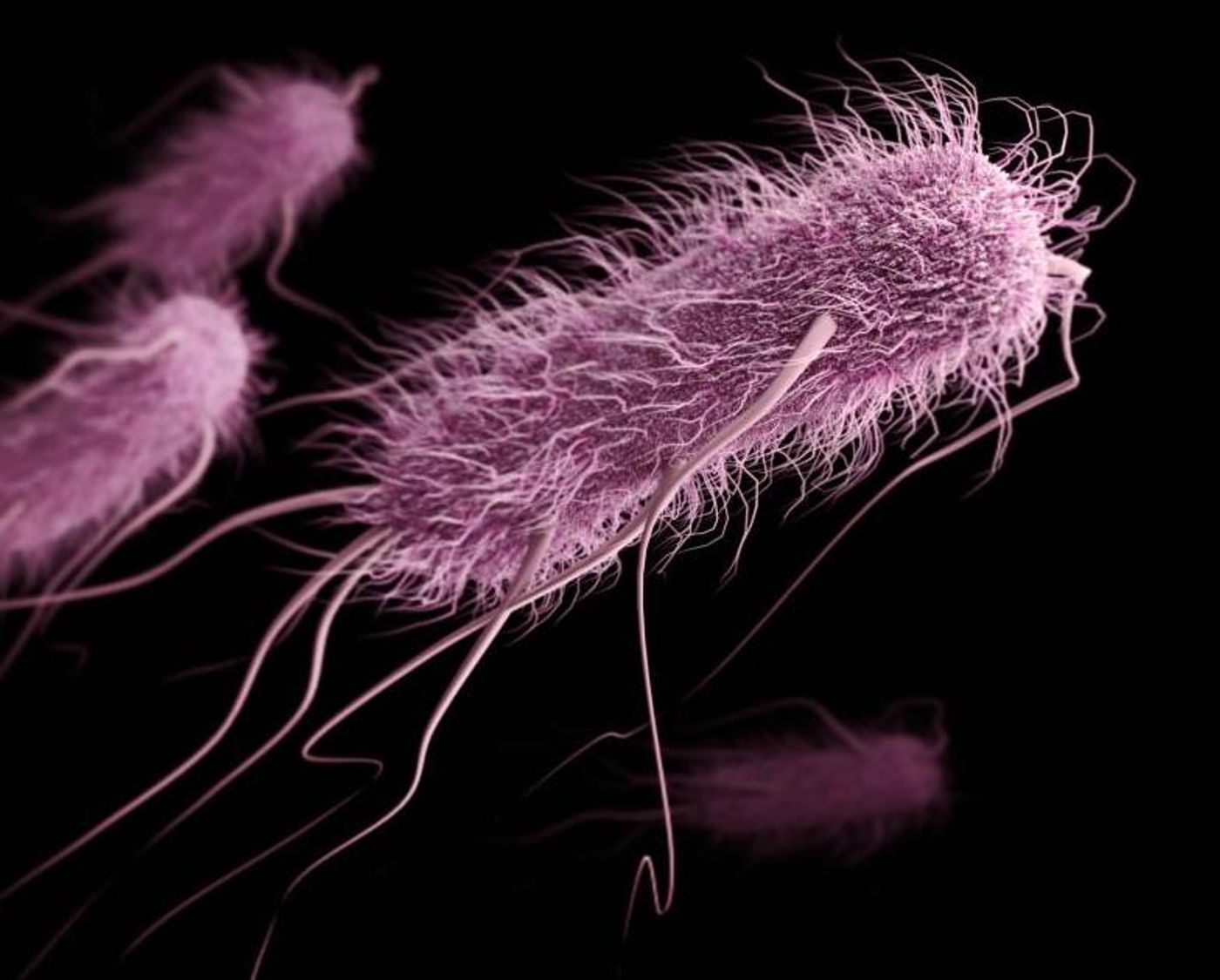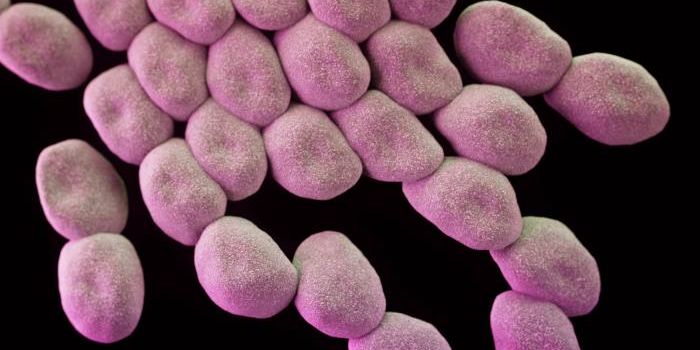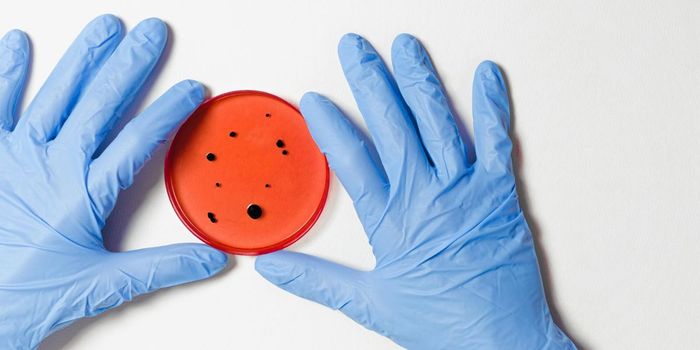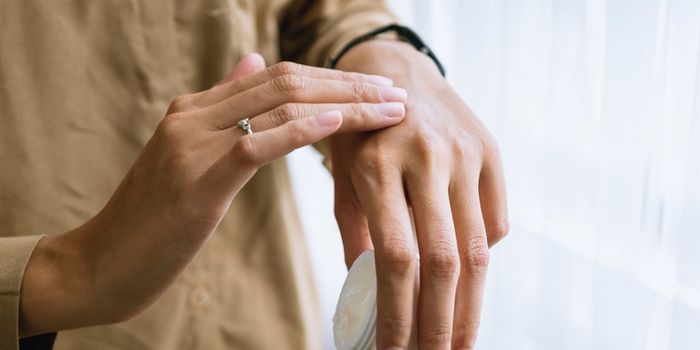A Good Germ Can Protect Us From a Nasty One
E. coli is a microbe that is commonly found in the intestinal tract, where it can exist harmlessly. However, if it gets into food and is consumed it can be dangerous. There are different strains of E. coli that can produce a toxin, and they can cause illness which is sometimes very serious. There are also E. coli strains that can benefit humans; some have been frequently used in research studies and one is known to be a beneficial probiotic, called E. coli Nissle 1917. There are many kinds of E. coli, and researchers have now found that E. coli Nissle also appears to act as a shield against the harmful effects of pathogenic E. coli strains, like E. coli 0157:H7, a known foodborne contaminant.
Reporting in mBio, scientists at the University of Cincinnati (UC) College of Medicine used organoids, three-dimensional cell culture models that are meant to mimic organs on a small scale, to study how Nissle interacted with E. coli 0157:H7. In this case, the organoids modeled human intestines. Infection with the pathogenic strain destroyed the epithelial layer of intestinal tissue in the organoid while Nissle did not harm it. But if the organoids were exposed to Nissle before the pathogenic strain, the tissue was protected from destruction.
"Nissle did not kill pathogenic E. coli, but rather ramps up your intestinal responses and prepares you for possible pathogens attacking the intestine. We don't know how it does this, but our study confirms its effectiveness in human cells. Our hope is to figure out how this is happening," said the corresponding study author Alison Weiss, Ph.D., a professor in the UC Department of Molecular Genetics, Biochemistry and Microbiology.
"There are all sorts of flavors of E. coli," Weiss continued. "They gather genes from all over the place and channel a whole bunch of other pathogens. There are E.coli which can also cause urinary tract infections. What is special is that bad E. coli have a chunk of extra genes that allow them to cause problems. The good E. coli are stripped down of these genes and they don't have the capacity to do bad things."
It may be possible to use Nissle to treat E. coli infections and the illnesses they cause, and Weiss is hoping to learn more about how to do that. It's thought that E. coli infections cause around 265,000 cases of stomach cramps, diarrhea, and vomiting every year, in people of all ages. Small children may be significantly affected and sometimes die. Treating their infections with antibiotics can increase the risk of a disease called hemolytic-uremic syndrome.
"Right now there is no cure for an E. coli infection. We can give individuals fluids, but it can be really deadly and it would be really nice for us to figure out how to cure it," said Weiss. "E. coli is carried asymptotically by all sorts of animals and released into their fecal matter and then leading to possible contamination if it comes into contact with food items or is ingested. It is difficult though still possible to screen meat for E. coli. The best possible protection is to cook meat properly before consuming it. E. coli is also found in raw vegetables such as lettuce and it can be difficult to detect and remove."
Sources: AAAS/Eurekalert! via University of Cincinnati, mBio









